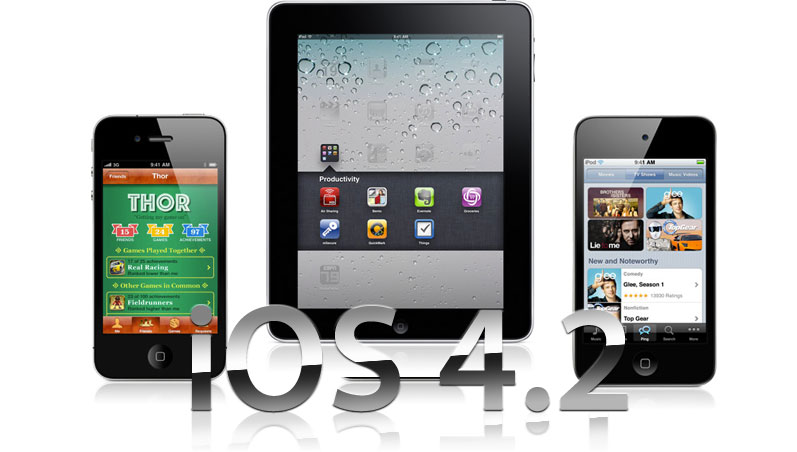Where can i download ios 5.x firmware files for the iphone 4
As of July 30, we're up to the fourth public beta. Developers have already gotten their hands on the fifth beta, which means another update will be coming shortly. While the developer beta was too unreliable for regular users, the more stable public beta offers a sneak peek at the forthcoming update that shouldn't pose as much of a risk of bricking your handset.
Subsequent updates to the public beta should stamp out even more bugs though these updates can sometimes introduce new problems, too. If you're ready to give iOS 13 a try — or perhaps you've got a spare iOS device lying around — here's everything you need to know about how to download and install the iOS 13 beta.
The answer to that question depends on your circumstances. The difference between the developer and public betas of iOS 13 is that Apple has deemed the public version consistent enough for everyday use, and largely free of the show-stopping bugs that might've plagued the developer beta. Of course, that's not to say the public beta is perfect — it will likely still pose issues for apps and edge use cases — though the problems shouldn't be as widespread and potentially destructive. If it's especially important that your phone remain perfectly operational and unencumbered by possible bugs, you should probably skip the beta.
But if you're comfortable with the possibility certain things might not work, you have our permission. Our best recommendation is to install the iOS 13 beta on a backup iPhone or iPod touch if you happen to have one at your disposal; evaluate it there first, then decide if you could get away with running it on your daily driver.
No matter how you install the beta, before you do, you'll definitely want to make an archived backup of your iOS device so that you can restore things to their current state if your beta experience goes wrong. To make an archived backup:.

Plug your iOS device into your computer and launch iTunes. Whatever route you end up taking is entirely up to you and we have the relevant links for each method linked below:. But of course, please make sure you have at least 4GB of free space, connected to WiFi and plugged into an AC outlet just to keep everything on the safe side of the fence.
Download: iOS 12.4.1 for iPhone, iPad, iPod touch – Jailbreakers Stay Away
You can download it from the links below. You will require iTunes in order to restore them. And before you do, please make sure you have backed up all your data using iTunes or iCloud as a clean install will wipe off everything from your device. The official iOS 13 will be available in September.
- Download: iOS for iPhone, iPad, iPod touch.
- Download iOS firmware file for iPhone.
- google sky map per ios.
If you can't wait to experience the newest iOS 13 Beta, and you have achieved a developer membership, you can download iOS 13 IPSW firmware files, which are already available now. If you are interested in public Beta profiles, please click here to learn how to download iOS 13 public Beta. Here we will introduce how to download iOS 13 IPSW firmware files for developer in detail, and give you some suggestions about the upgrading.
Just take the following steps. Step 1. Go to www. Step 2. Step 3. Look for your Apple device from a device list and click on the " Download " button Step 4.
Hot Solutions - ALSO ON Restore-iPhone-Data.COM
Proceed to download the firmware and wait till the download is complete. You can choose according to your own situation. Please keep in mind that iOS 13 Beta is still the unfinished version with imperfect performance. There are still have some unfixed bugs, which may crash your iPhone or iPad. We highly recommend you to use your spare Apple device and read part 3 first to avoid bricking.
Running into iTunes Error 14? How-To Fix - AppleToolBox
Extract the libimobilemaster. Rename the IPSW firmware file you have downloaded to " ios Copy and paste the file to the same folder you extracted libimobile Launch the Start menu which is in the lower-left corner. Step 4. Direct the command line prompt to the folder you saved the files. Step 5.